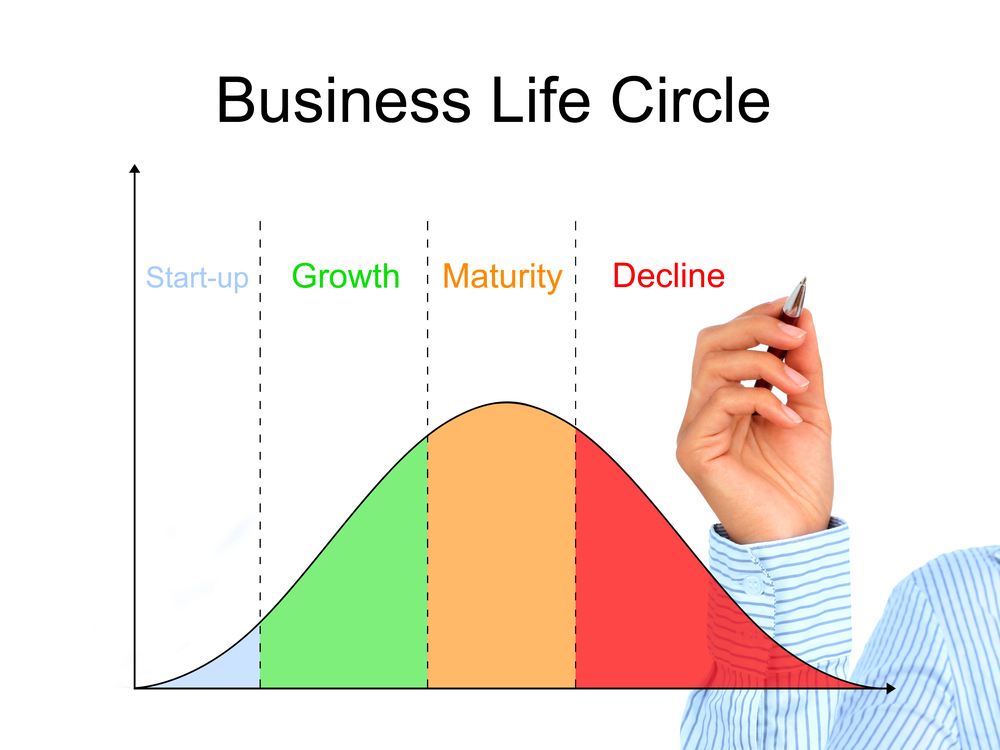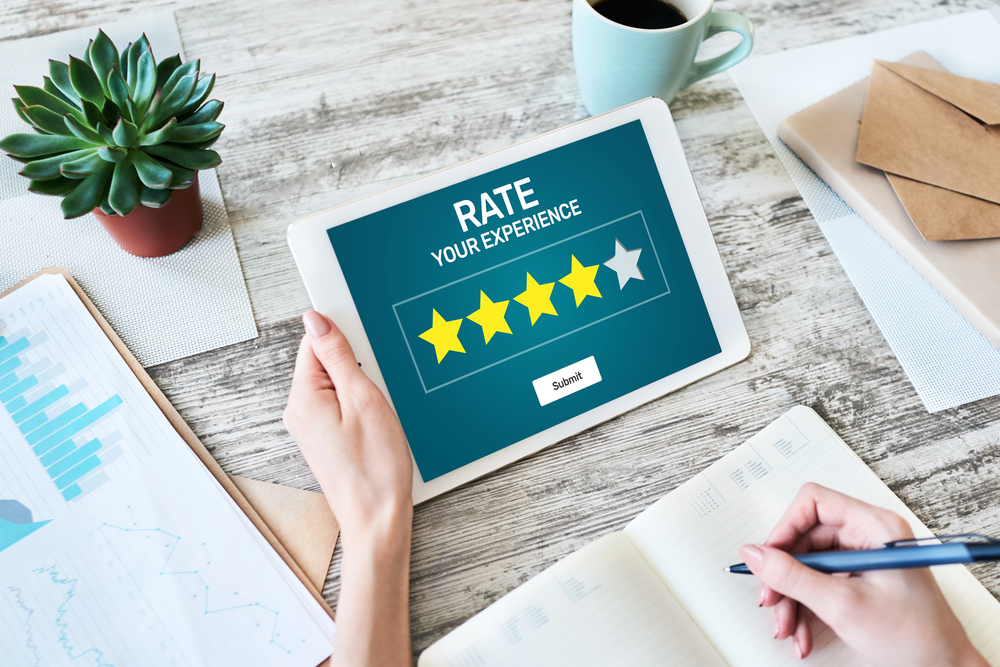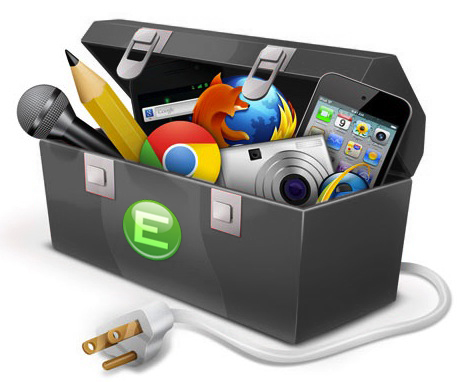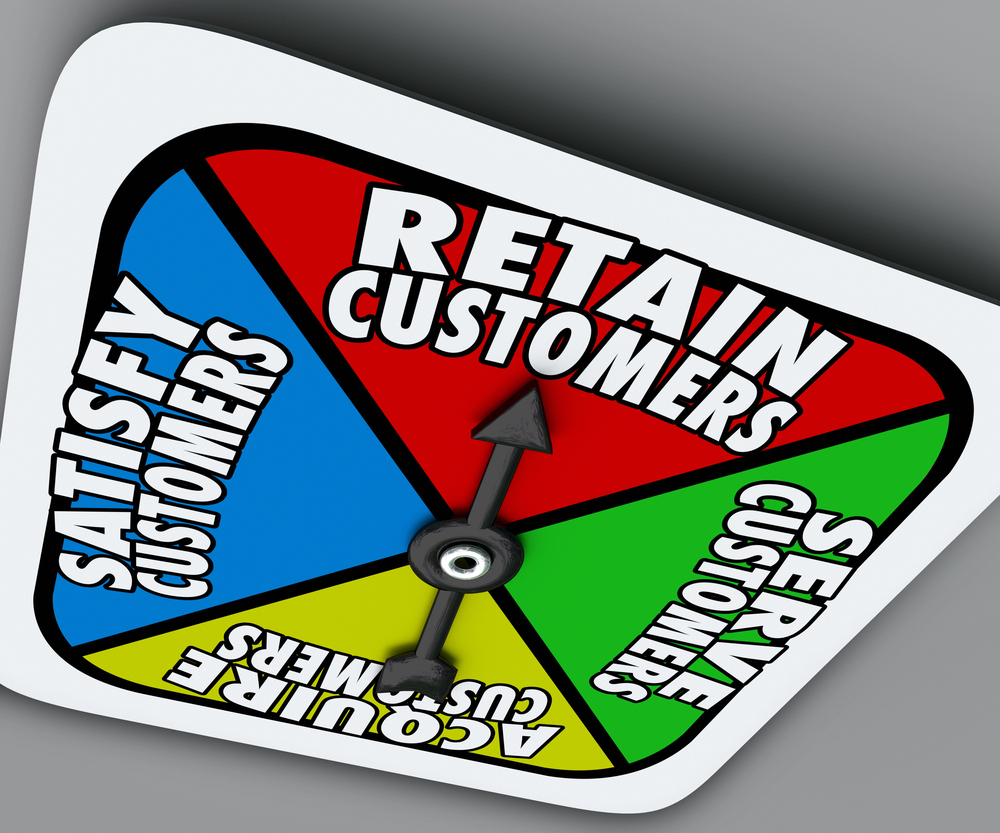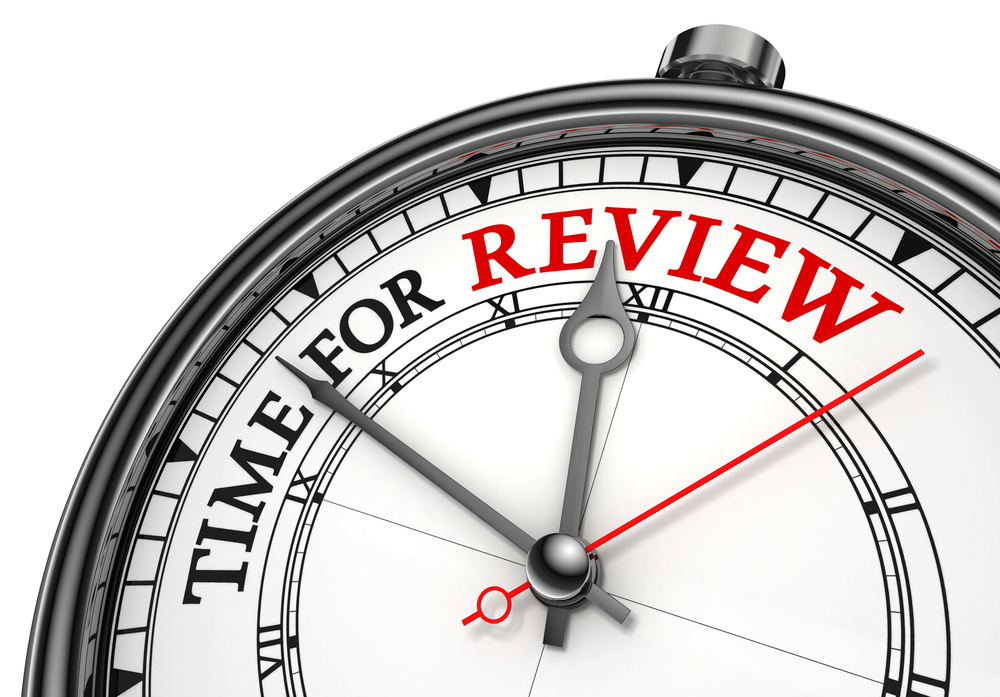As a business owner, it’s easy to get caught in the whirlwind of daily tasks, customer requests, and endless to-do lists. We make decisions quickly—because we have to. We keep doing things a certain way—because it’s how we’ve always done them. We avoid big changes—because we’re too busy, too tired, or unsure.
Sound familiar?
Here’s the truth: “Because” might be the word that’s holding you back.
And rediscovering your WHY could be the key to moving forward.
“Because” Is a Convenient Excuse
“I can’t raise my prices because people won’t pay more.”
“I haven’t hired help because no one can do it like me.”
“I don’t post online consistently because I’m not good at social media.”
“I haven’t launched that idea because now’s not the right time.”
Here’s what all of those statements have in common:
They are decisions rooted in fear, habit, or scarcity—not strategy.
“Because” gives us a way out. It justifies staying small.
But real growth doesn’t come from comfort zones. It comes from clarity.
Reconnect With Your WHY
Your WHY is the reason your business exists beyond just making money. It’s your driving purpose. It’s what keeps you going when things get hard—and what sets you apart from every other business offering the same product or service.
When you lead with your WHY, you make decisions based on vision and intention—not fear or excuses.
Questions to Help You Find or Revisit Your WHY
- Why did you start this business in the first place?
- What problem are you trying to solve for your customers?
- What change do you want to make in your industry or community?
- What values do you want your business to represent?
- How do you want people to feel after interacting with your brand?
Take time to journal your answers. Talk it through with a coach or mentor. Reconnecting with your purpose can reignite your passion—and reveal where you’ve been holding yourself back.
How “Because” Blocks Growth
Let’s look at how “because” shows up and how to replace it with purpose:
| Limiting Belief (Because…) | Growth-Oriented Shift (Why…) |
| I haven’t hired help because I can’t afford it. | I hire help because I want to grow beyond solo limits. |
| I don’t market consistently because I don’t know what to say. | I share my story because it connects with the people I want to serve. |
| I’m afraid to raise prices because I’ll lose customers. | I increase value because my expertise and time matter. |
| I don’t try new strategies because they might fail. | I experiment because innovation helps me evolve. |
See the difference? One mindset keeps you stuck. The other moves you forward.
When You Know Your WHY, You Lead with Purpose
When you’re clear on your WHY:
- You speak with confidence and attract ideal customers.
- You make decisions based on long-term vision—not short-term fear.
- You build a brand that people feel connected to and want to support.
Most importantly, you stop defaulting to “because” and start choosing actions that align with your greater purpose.
Your WHY isn’t fluff—it’s the fuel that drives growth.
Don’t let “because” be the reason you stay stuck. Let your WHY be the reason you rise.
Need help getting clear on your business purpose or aligning your marketing with your WHY? Let’s talk. Because you deserve to grow with intention.
About the author: Autumn Edmiston is the CEO and owner of the Edmiston Group. The Edmiston Group is a multifaceted Pittsburgh-based marketing consulting firm providing senior-level marketing management services to businesses and non-profit organizations on a short or long-term basis. Core areas of service are business development strategies, website creation and management, social media management, marketing, strategic planning, and public relations. The Edmiston Group has consistently delivered and implemented real-world, proven business marketing ideas and strategies for business.



